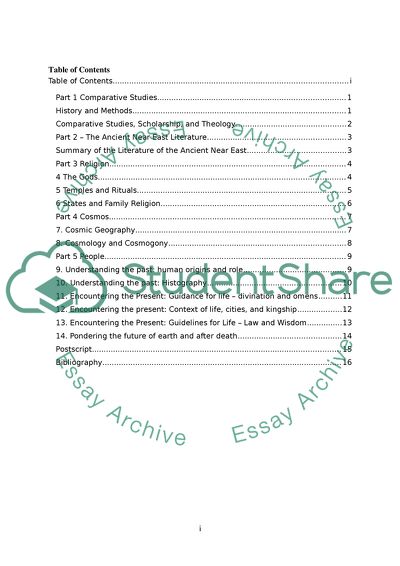Cite this document
(“Analysis of Ancient Near Eastern Thought and the Old Testament by Book Report/Review”, n.d.)
Analysis of Ancient Near Eastern Thought and the Old Testament by Book Report/Review. Retrieved from https://studentshare.org/religion-and-theology/1868288-ancient-near-eastern-thought-and-the-old-testament-introducing-the-conceptual-world-of-the-hebrew-bible-walton-john-h
Analysis of Ancient Near Eastern Thought and the Old Testament by Book Report/Review. Retrieved from https://studentshare.org/religion-and-theology/1868288-ancient-near-eastern-thought-and-the-old-testament-introducing-the-conceptual-world-of-the-hebrew-bible-walton-john-h
(Analysis of Ancient Near Eastern Thought and the Old Testament by Book Report/Review)
Analysis of Ancient Near Eastern Thought and the Old Testament by Book Report/Review. https://studentshare.org/religion-and-theology/1868288-ancient-near-eastern-thought-and-the-old-testament-introducing-the-conceptual-world-of-the-hebrew-bible-walton-john-h.
Analysis of Ancient Near Eastern Thought and the Old Testament by Book Report/Review. https://studentshare.org/religion-and-theology/1868288-ancient-near-eastern-thought-and-the-old-testament-introducing-the-conceptual-world-of-the-hebrew-bible-walton-john-h.
“Analysis of Ancient Near Eastern Thought and the Old Testament by Book Report/Review”, n.d. https://studentshare.org/religion-and-theology/1868288-ancient-near-eastern-thought-and-the-old-testament-introducing-the-conceptual-world-of-the-hebrew-bible-walton-john-h.


